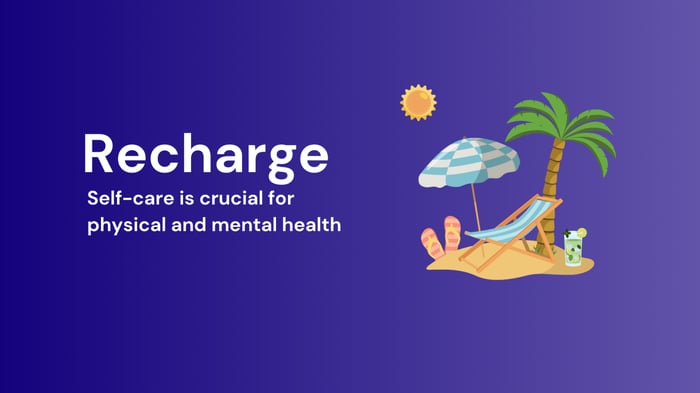When we talk about careers to young people—or even seasoned professionals considering a career transition—it’s natural that we talk about what we know. For me, it would be odd to help someone consider the pros and cons of dentistry, interior design, or real estate as I don’t have much exposure to the education required or market trends in those fields. But I can talk about data! I especially love to help people understand the many ways that data—and specifically data analytics—is woven into many careers.
First, what is data analytics? Data analytics is the process of collecting, cleaning, organizing, analyzing, and interpreting data to uncover insights and make informed decisions. The levels of complexity vary widely, and some roles require extensive expertise to be successful. But whether we intend to seek out a career in data or not, harnessing simple skills will help anyone, at any level, make more effective, data-driven decisions.
If you’ve taken an Aptly course, you know we like to teach with examples. So imagine a small grocery store chain is considering a new location. How will the company use data to make sound growth decisions?
The executive team can examine data about the presence and success of competitors in the area, the cost of real estate, and the demographics of the local shoppers to determine the potential ROI of a new store near a college campus.
As planning for the new store gets underway, the operations team will use data from stores of similar size and customer demographics to select and plan for inventory. Based on this data, the company knows that demand fluctuates based on the presence, or absence, of students during the year. Ordering, delivery, and stocking schedules will be developed to prepare for smooth operations.
The HR team will also use data to create staffing plans. Based on information from similar locations, the team knows that a higher-than-usual ratio of part-time employees will require more employees for each position. The team will also create work shifts that align with local public transportation options.
As the store opens, the accounting team will monitor the revenue and expenditures of the new location. Data from other locations can help forecast anticipated performance for the new store, and adjustments can be made once actual performance data becomes available.
Few of these team members likely embarked on a career in data, but as you can see—the knowledge and skills are woven into their typical tasks and help them make informed decisions.
Highly technical skills are crucial in some roles and the emergence of GenAI technologies makes continuous upskilling essential. But even if you have an expert data analyst on your team it’s helpful to equip yourself with a basic understanding of data and how to use it. You’ll make stronger, more informed decisions that benefit your team, your organization, and your career.




